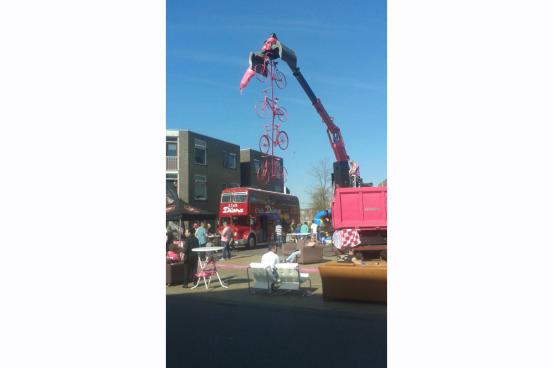- Commissioner’s statement on Ventura, Marte
- Ronnie O’Sullivan: Masters champion ‘felt so vulnerable’ in final
- Arron Fletcher Wins 2017 WSOP International Circuit Marrakech Main Event ($140,224)
- Smith challenges Warner to go big in India
- Moncada No. 1 on MLB Pipeline’s Top 10 2B Prospects list
- Braves land 2 on MLB Pipeline’s Top 10 2B Prospects list
- Kingery makes MLB Pipeline’s Top 10 2B Prospects list
- New Zealand wrap up 2-0 after Bangladesh implosion
- Mathews, Pradeep, Gunathilaka to return to Sri Lanka
- Elliott hopes for rain for Poli
Giro d’Italia: The little-known origin of the ‘team bus’
- Updated: May 9, 2016

It is June 9, 1989. Phil Anderson is outside his TVM team bus, hunched over his handlebars, breathing in the big ones.
It is hard to tell what hurts the Australian more — his suffering from his effort in the sprint finish of the Giro d’Italia’s 220-kilometer 20th stage, or the frustration of having been pipped and placing third behind Laurent Fignon, who won the stage and would also win the Giro overall, and Maurizio Fondriest.
Either way, as the sun continues to beat down over the finishing area in La Spezia, seeing Anderson in such a state and knowing how he hated to lose such tight finishes, it is clear that he is still a “no go zone” for inquiring journalists.
Well, seemingly clear for all but one seasoned Italian writer from Rome, who strides through the unofficial limit line for how close one is expected to stand near Anderson, and asks in broken English laden with theatrical passion, “Phil … Phil … Is it true, that Sauna Diana is a house of love?”
The question, while maybe poorly timed, was on the money. Sauna Diana, the name emblazoned on the team bus behind Anderson, along with imagery of a naked woman seductively positioned, was a brothel — and still is, though now named Club Diana — in the Dutch town of Zundert near the Belgian border.
The TVM team had all become accustomed to the novelty factor of their link Sauna Diana; but in Anderson’s case never so soon after a sprint finish, and one he had actually lost.
Hence, when asked, he simply looked up in disbelief at his inquisitor, then strode off into the bus in which he said to teammates curious about his haste of foot: “Can you believe what that guy just asked? If this is a house of …
continue reading in source velonews.competitor.com
